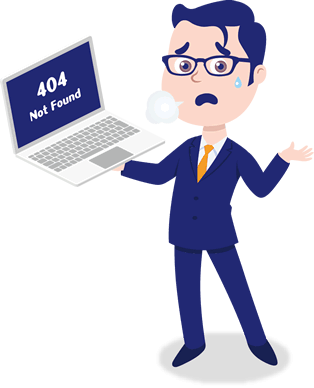- What's Myforex
- Share
- Use tools
- Get information
- What's New
- Help center
- About us
- Customer support
- Terms and policies
-
-
 PortfolioShare your portfolio and performance in real time
PortfolioShare your portfolio and performance in real time -
 Events & contestsEvents and contests held by retail brokers around the world
Events & contestsEvents and contests held by retail brokers around the world
-
-
 Real-time spread comparisonCompare spreads of major retail brokers in real time
Real-time spread comparisonCompare spreads of major retail brokers in real time -
 Volatility analysisVisualize volatility as a measure of daily market activity
Volatility analysisVisualize volatility as a measure of daily market activity -
 Swap point comparisonCompare buy and sell swap values for each broker by symbol
Swap point comparisonCompare buy and sell swap values for each broker by symbol -
 Market rates & chartsCheck prices for all instruments offered by each broker
Market rates & chartsCheck prices for all instruments offered by each broker -
 IndicatorsProviding in-house developed indicators for MT4/MT5
IndicatorsProviding in-house developed indicators for MT4/MT5 -
 Trading calculatorsCalculation tools for each broker to help you trade
Trading calculatorsCalculation tools for each broker to help you trade
-
-
 World FX newsLatest news on forex and cryptocurrencies from around the world
World FX newsLatest news on forex and cryptocurrencies from around the world -
 Broker informationTrading information of retail brokers worldwide
Broker informationTrading information of retail brokers worldwide -
 MetaTrader4/5 user guideUser guide collection for the latest MetaTrader4/5
MetaTrader4/5 user guideUser guide collection for the latest MetaTrader4/5 -
 Economic calendarRelease calendar for indicators from official sources of major economies
Economic calendarRelease calendar for indicators from official sources of major economies
PAGE NOT FOUND
PAGE NOT FOUND

We’re sorry, but we can’t find the URL you are attempting to access.
Please click here to go to the site top .
誠に申し訳ございませんが、アクセスいただいたURLが見つかりません。
HOME から再度アクセスしてください。
很抱歉,我们无法找到您要访问的页面。
返回首页
대단히 죄송합니다만 접속하신 URL을 찾을 수 없습니다.
HOME 에서 다시 접속해 주시기 바랍니다.

Myforex uses cookies to improve the convenience and functionality of this website. This website may include cookies not only by us but also by third parties (advertisers, log analysts, etc.) for the purpose of tracking the activities of users. Cookie policy
